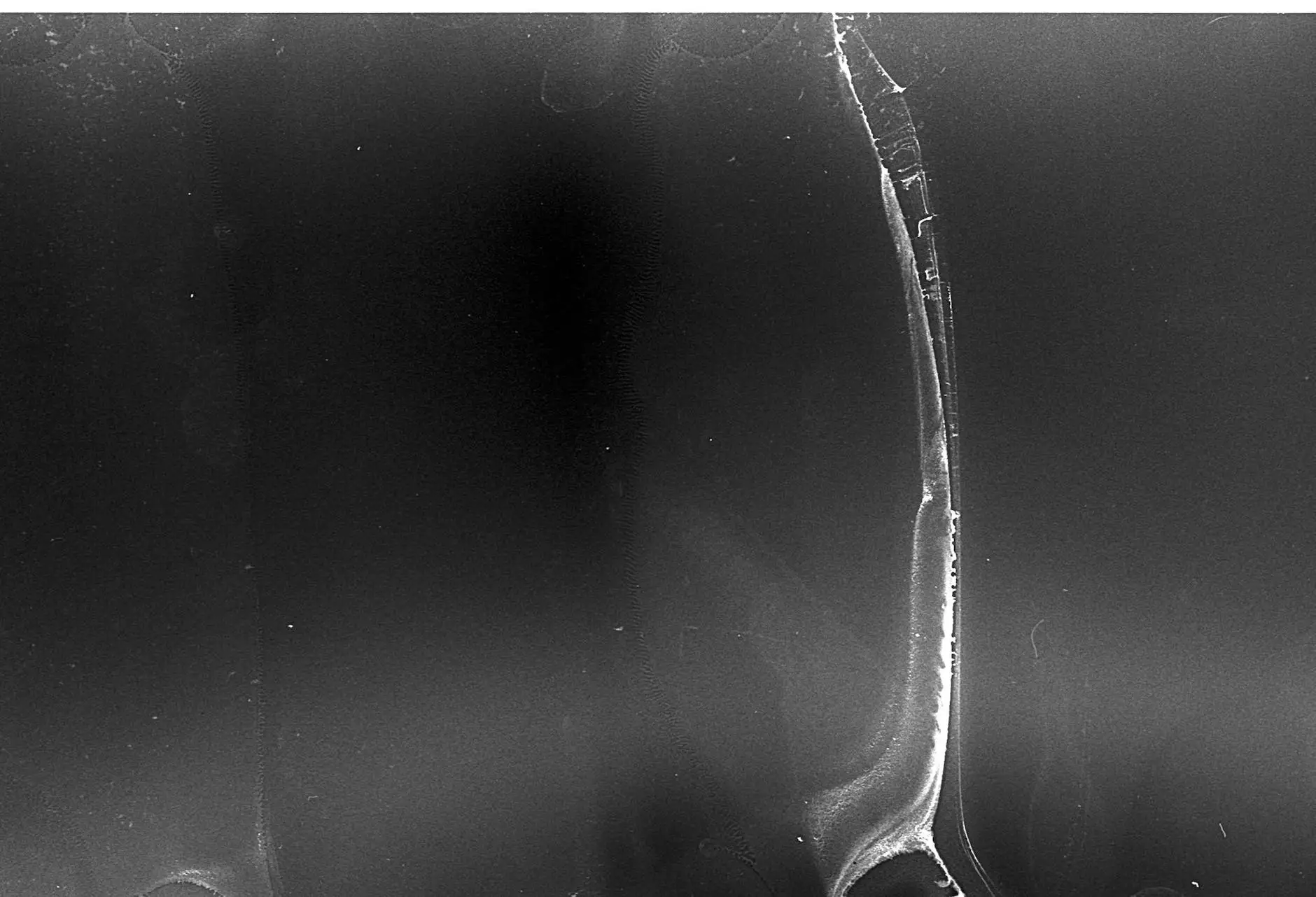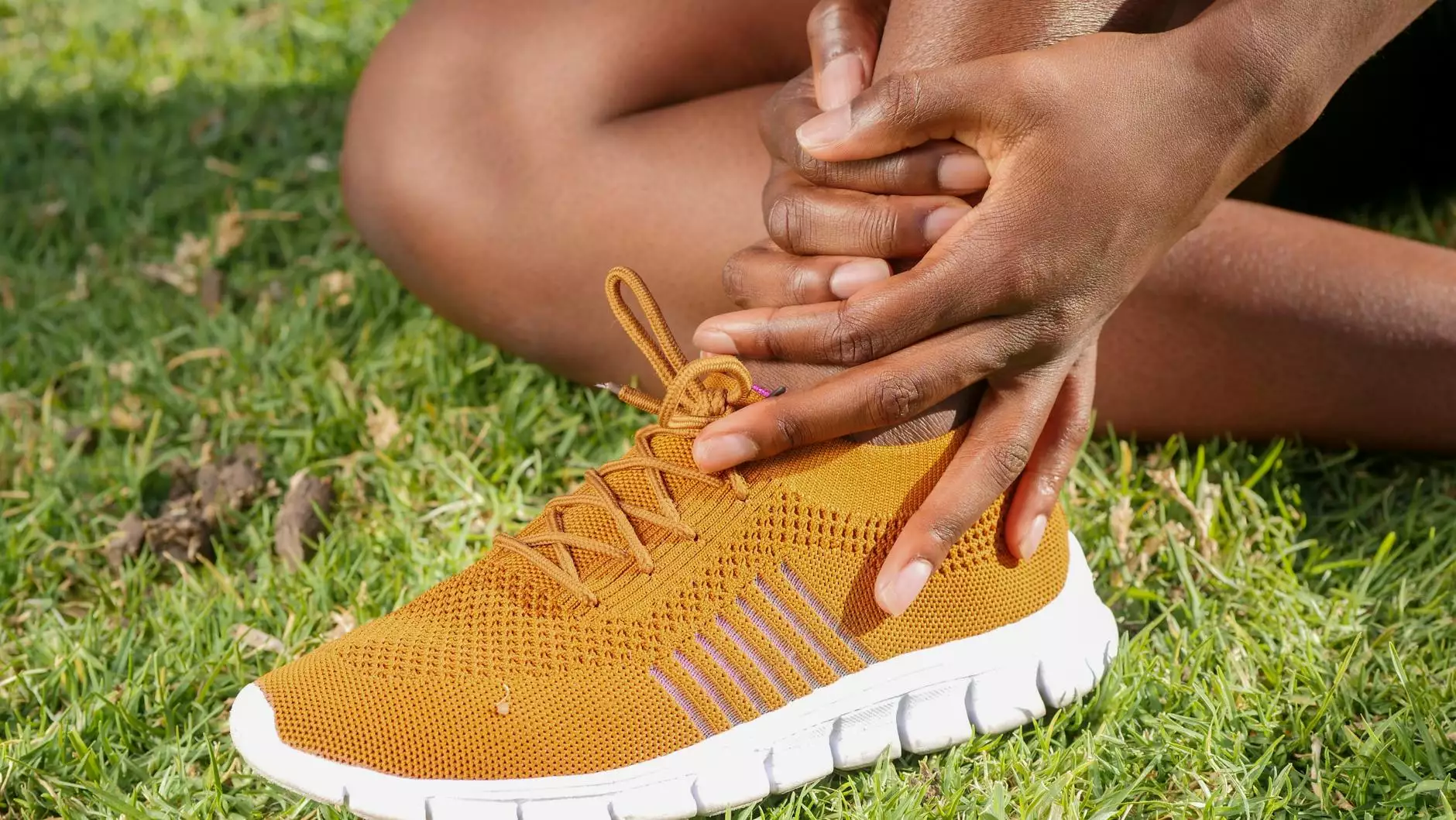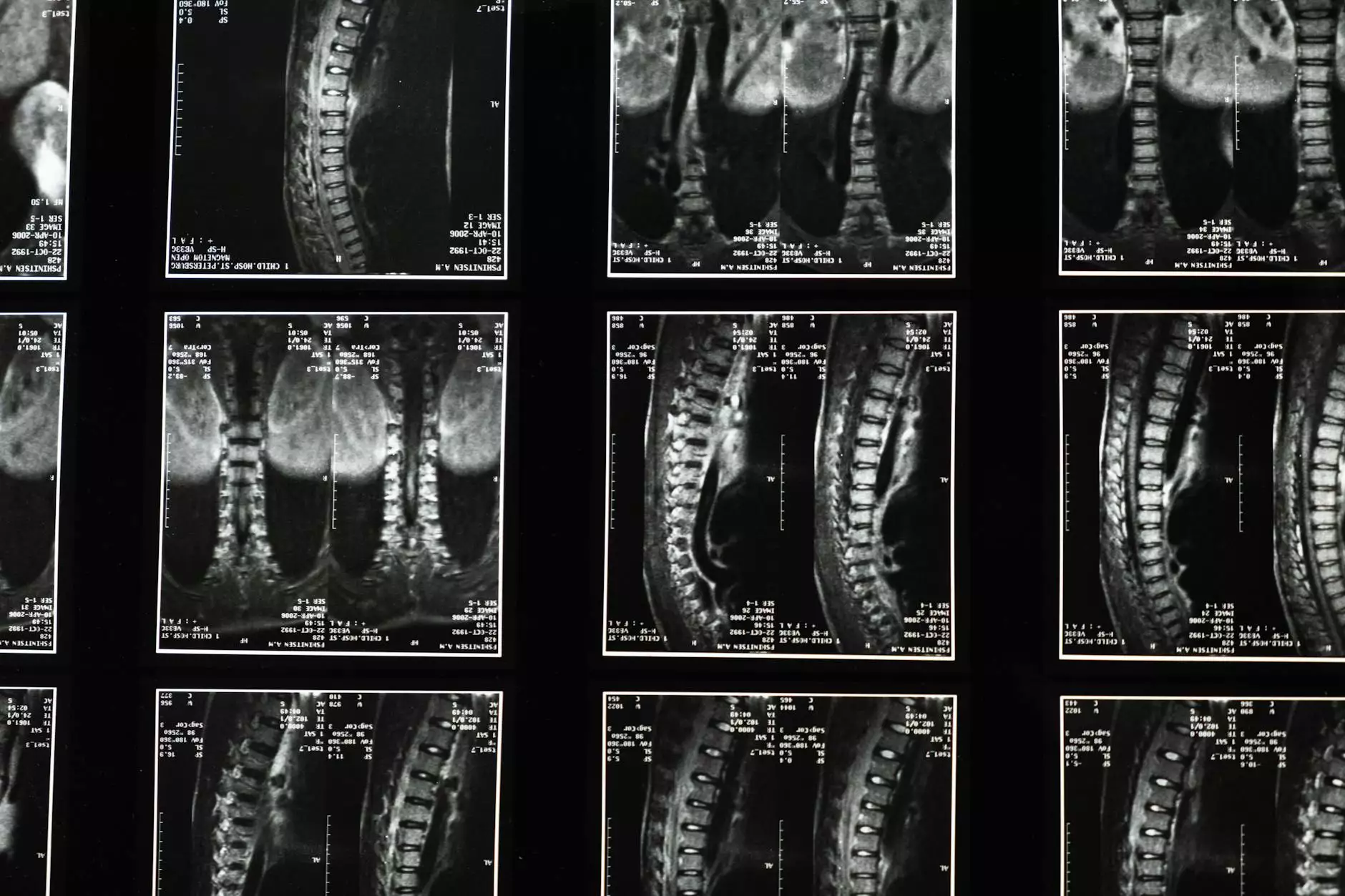Care of a Cast
Orthopedic Surgery
Introduction
Welcome to Bowling Orthopaedics, where we prioritize your orthopedic health and recovery. In this article, we will provide you with comprehensive guidance on how to take care of your cast after a surgical procedure or injury. Our team of experts is dedicated to ensuring that your recovery process is seamless and successful.
Why Cast Care is Important
Proper care for your cast is crucial to ensure the best possible outcome of your orthopedic treatment. Following the recommended cast care guidelines will promote healing, prevent complications, and minimize the risk of infection. It is essential to adhere to the instructions provided by your orthopedic surgeon or healthcare professional to enhance the efficacy of your treatment.
General Tips for Cast Care
Here are some general tips to keep in mind when caring for your cast:
- Keep it dry: Avoid getting your cast wet. Cover it with a plastic bag or waterproof cast cover before showering or bathing.
- Avoid scratching or sticking items inside: Itching under your cast is common, but never scratch it with sharp objects as it may cause skin damage or lead to complications. Instead, use a soft object to gently pat the skin underneath.
- Elevate your limb: Elevating the casted limb can help reduce swelling and promote blood circulation. Controlling swelling is essential for an efficient recovery.
- Avoid putting weight on the cast: Excessive weight or pressure on the cast can lead to its breakage or misalignment, compromising the healing process. Follow your doctor's instructions regarding weight-bearing limitations.
- Keep an eye on your skin: Regularly check for any signs of inflammation, redness, or sores on the skin around the cast. Report any concerns to your healthcare provider promptly.
Caring for Different Types of Casts
Fiberglass Casts
Fiberglass casts are commonly used due to their lightweight and breathable nature. Here's how to care for a fiberglass cast:
- Avoid getting it wet: As mentioned earlier, keep your cast dry at all times to prevent damage or discomfort.
- Avoid applying pressure: Refrain from leaning or placing any objects directly on the cast as it can lead to dents or cracks.
- Take caution while walking: If walking is permitted with your cast, be careful not to slip or stumble. Use crutches or other walking aids as directed by your healthcare provider.
Plaster Casts
Plaster casts provide excellent support but require extra care and attention. Consider the following tips for plaster cast care:
- Keep it dry: Moisture weakens the plaster, so always avoid exposing it to liquids.
- Avoid putting weight on it: Plaster casts are less durable than fiberglass casts, so it's crucial to follow weight-bearing instructions strictly.
- Avoid cutting or modifying it: Never attempt to trim, modify, or remove a plaster cast at home. Seek professional assistance for cast adjustments or removal.
Managing Discomfort
Some discomfort is expected during the cast-wearing period. Here are a few tips to alleviate discomfort:
- Elevate the affected limb: Elevating your limb, especially above heart level, can help reduce swelling and discomfort.
- Apply ice: Use ice packs or cold compresses on the cast to reduce swelling and numb discomfort. However, ensure that the cast remains dry.
- Taking prescribed pain medication: If recommended by your healthcare provider, take your prescribed pain medication as directed to manage any pain or discomfort.
Follow-up Appointments
Regular follow-up appointments with your orthopedic surgeon or healthcare provider are crucial during the cast period. These appointments allow them to monitor your progress, assess any potential issues, and make any necessary adjustments to your treatment plan.
Conclusion
At Bowling Orthopaedics, we aim to provide you with the best orthopedic care possible. By following the cast care guidelines provided to you by our team, you can ensure an optimal recovery process. Remember to always consult your healthcare provider if you have any concerns or questions regarding your cast care.










